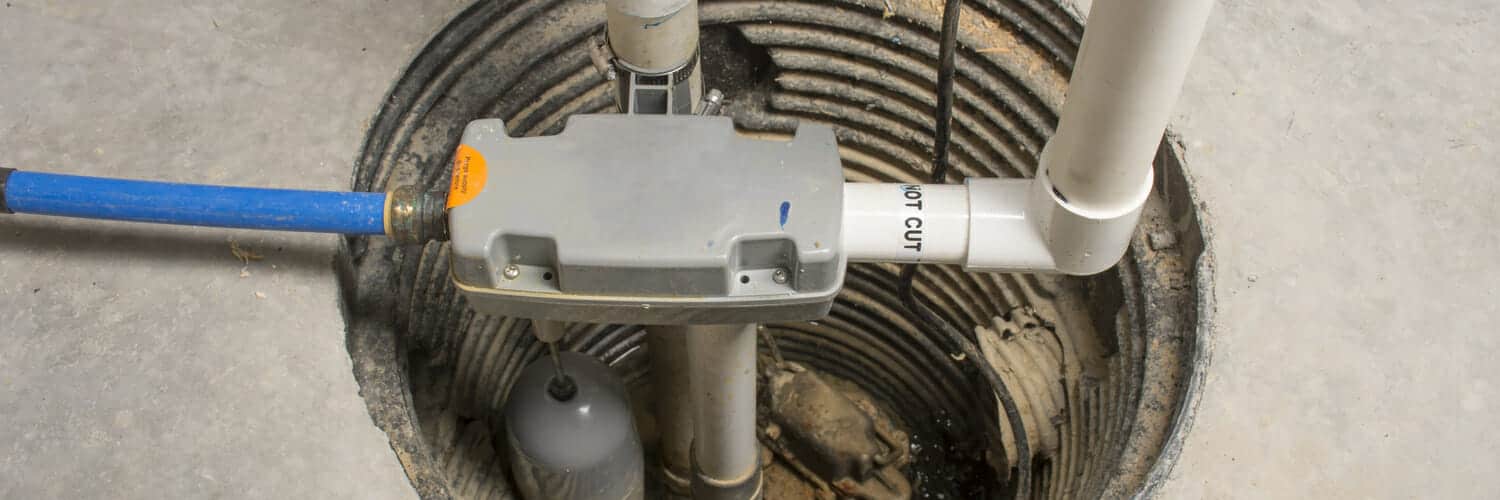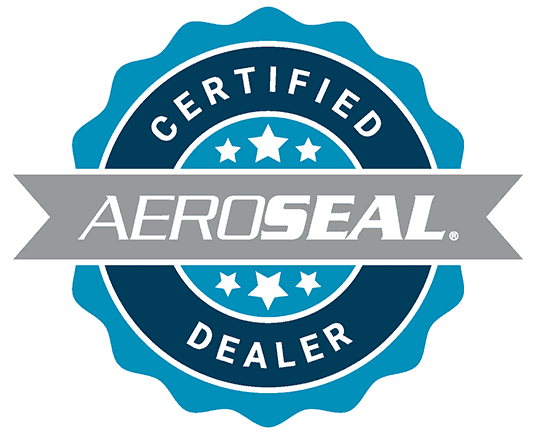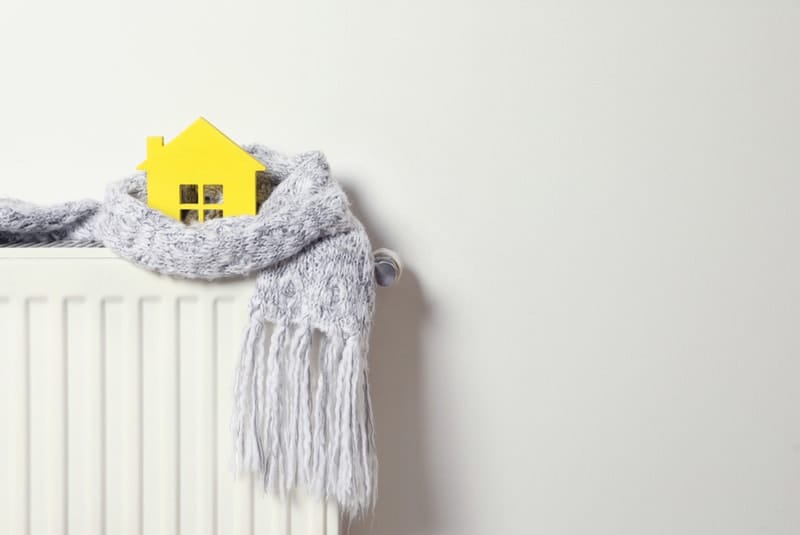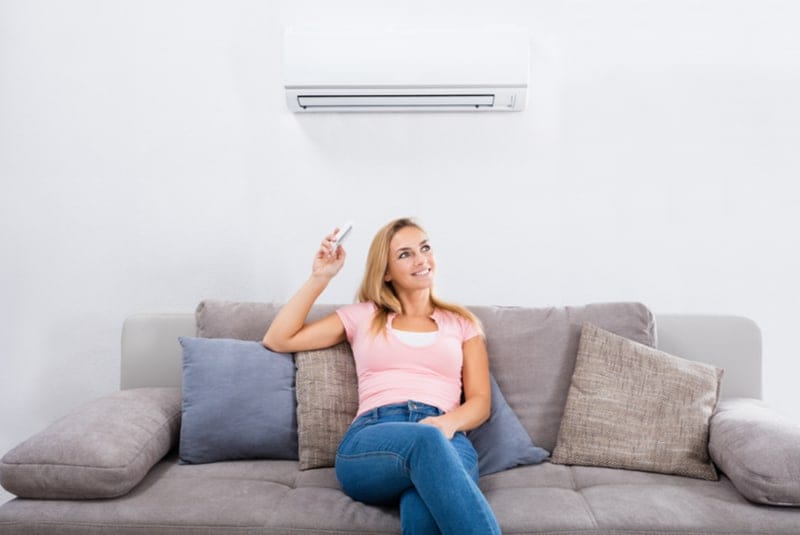Sump Pump Batavia IL – State Automatic Heating & Cooling – Call 630-326-6330

Sump Pump Batavia IL
Sump pumps serve as essential tools in flood prevention. These units are installed within a designated sump pit, where they effectively manage excess water to safeguard against flooding incidents.. The sump pit is dug at the lowest point of a house, usually a basement or crawl space. For the most part, a sump pump is on standby.
As heavy rainfall descends, the soil surrounding your home becomes saturated, leading to excess groundwater seeping towards the sump pit. As the pit starts to accumulate water, a mechanism activates upon reaching a specific level, prompting the float switch to engage and initiate the pump. This sump pump swiftly expels surplus water from the basement through a discharge hose, preventing potential flooding and water damage.
The water is ejected from the pit and expelled into a dry well, storm drain, or detention pond.
Do You Need A Sump Pump Batavia IL?
Flooding can be disastrous for your home and your health. Sump pumps eject unwanted water that flows from roofs or down slopes and collects around the outside of your house. A Sump Pump Batavia IL is necessary for homes that tend to flood. Even if your home does not flood, moisture can lead to several types of mold.
Consequently, that can increase the risk for upper respiratory issues and allergic reactions.
State Automatic generally recommends installing a Sump Pump Batavia IL if you:
-Own a home on a flood-prone plot.
-Had water problems in the past.
-Have a finished basement.
Types of Sump Pump Batavia IL
It’s helpful to gain an understanding of the different kinds of Sumps Pump available to choose one that suits the needs of your home or business.
- Submersible Sump Pump Batavia IL
Submersible pumps contain the pump and its motor within a single unit. It submerges and remains closed within a basin typically in the basement of a residence or commercial building. - Pedestal sump pumps
A pedestal Sump Pump Batavia IL consists of a separate motor and pump. The motor sits on a pedestal above the pit. The pump sends water through the hose and out to your designated drain area. - Battery-operated back-up
A battery back-up that has a float switch, enabling the Sump Pump to function in the event of a power outage. - Water-powered back-up
A water-powered back-up clears the water in your basin through increased water pressure.
What Size Sump Pump Batavia IL Do You Need?
Choose a pump with enough horsepower to handle your level of flooding.
• Average-size home – A submersible Sump Pump Batavia IL in a home with an average rainfall that’s not deep within the water tables.
• Home is set deeper into the water table – a one-half horsepower submersible pump – These homes generally have more significant seepage issues or require a farther drainage point – can give you the added power you need.
• Home with major flooding issues – A Sump Pump Batavia IL with an ejection rate of 13000 GPH (gallons per hour) – A home or business with frequent major flooding issues or uses the pump for outdoor or commercial uses.
Why do sump pumps fail?
Like all mechanical devices, sump pumps can fail. These failures are typically due to:
• Installation – If you’re installing the Sump Pump Batavia IL yourself, make sure you are familiar with the process. Water damage may occur if you install it incorrectly.
• Machine – pump errors can result from continuous cycling or switches that get stuck on or off.
• Lifespan errors – sump pumps have a lifespan that is often between 7 to 10 years, depending on the usage amount.
Remember to keep your Sump Pump Batavia IL pit clear of debris and check the battery life on your battery-operated back-up.
It is essential to keep tabs on the water coming into your home or business. It is equally vital to keep unwanted water out. Avoid contaminated water due to a backflow problem or water flooding a basement by being prepared. Replacing an older Sump Pump before the end of its useful life could pay off down the road.
Backflow Prevention – State Automatic – Call 630-326-6330
Water flows in and out of a home regularly. Some of this water is welcome, and some is not. Freshwater for drinking, bathing, doing dishes, and laundry is very welcome. Contaminated tap water caused by a backflow issue or water seeping into your basement due to flooding is very unwelcome.
These issues can not only be annoying and inconvenient but expensive as well. Also, conditions created by these problems can threaten the health of the occupants.
What is Backflow?
Water distribution systems are designed to make water flow in a particular direction – to a home or business. Sometimes, water can flow backward due to pressure changes in the pipes and get into the main water supply line. This condition is called backflow, and it poses a serious health threat because freshwater supplies can become contaminated.
What Causes Backflow?
Backflow is caused by cross-connections that tie into the drinking water system entering the home or business. The freshwater that enters the building is pressurized. When the pressure in a tank or water trough is lower than the water system’s pressure, back-siphoning can occur and pull contaminated water into the system.
Different factors can cause a water pressure drop. For instance, backflow can occur when there’s a fracture in the main water line or there’s an open fire hydrant close by. Another cause of backflow is backpressure.
If the wastewater system’s pressure increases above that of the freshwater system, it is called backpressure. This issue can occur because of problems inside the sewer system or a break along the building’s sewer line.
What Harm Can Backflow Cause?
Backflow can pollute public water supplies with:
-Sewage and wastewater.
-Fertilizers, herbicides, and pesticides.
-Soaps and detergents used in the home or business.
-Pool chemicals.
Cities and towns across the country have had cases that resulted in illnesses, injuries, and property destruction. Backflow prevention has proven to help reduce the potential of backflow contamination in water systems.
The most effective way to deal with backflow is with a backflow preventer.
What Is A Backflow Preventer?
A backflow preventer is a component installed on the water pipes in a home or business. This device allows water to flow in one direction only. Its function is to prevent drinking water from being contaminated due to backflow.
Backflow preventers are devices that plumbers install onto pipes. They only allow water to flow in a single direction. Some sinks found in commercial buildings feature a backflow preventer. These devices are called atmospheric vacuum breakers and installed upon the faucet.
How To Determine If You Need a Backflow Preventer
A plumbing technician can determine if your plumbing system has a backflow problem. Be sure to install a backflow prevention device anywhere water is incoming or there’s a wastewater cross-connection. Plumbing codes require all water outlets to be equipped with a backflow prevention method or device.
Therefore, sinks have a space between the end of the faucet and the sink’s flood level, called an air gap.
Newer residences may feature backflow prevention devices on specific water lines. However, to verify if your Illinois home has a functioning backflow prevention device, contact a plumber for an inspection. A backflow preventer requires installation from a plumbing expert so that it functions seamlessly with the plumbing in your home.












